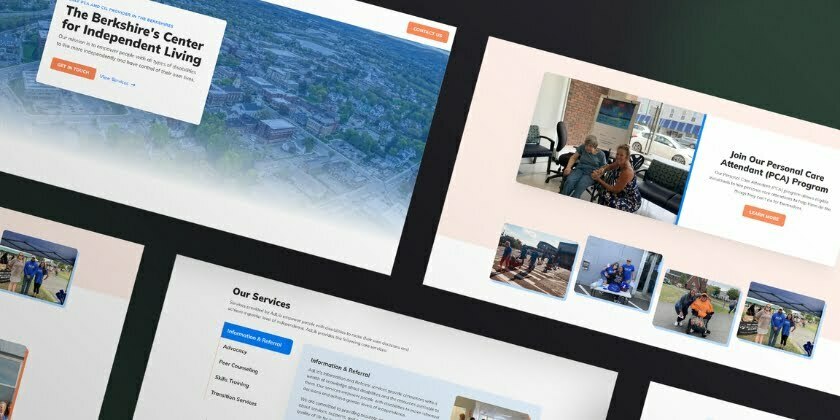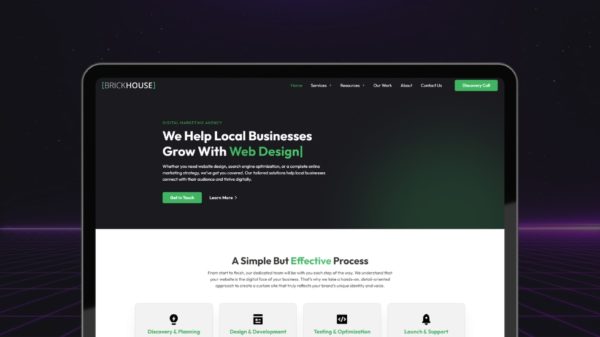As a business owner, you know that having a website is essential to reach new customers and growing your business. But simply having a website is not enough – you need a website that is designed to convert visitors into paying customers.
So what are the best practices for designing a conversion-focused website? In this article post, we will cover the basics of conversion-friendly design, from understanding your target audience to creating effective calls to action. By following these tips, you can ensure that your website is working hard to bring in new business. Let’s get started!
Defining Your Target Audience
Defining a target audience is arguably one of the most important elements of conversion-focused design, as it enables you to create content marketing strategy tailored to the interests and needs of people who are more likely to take action. Personas are a key tool for gathering further information about your user base and understanding their preferences, goals, and motivations.
Market research also provides valuable insights into consumer behavior and helps give marketers a better understanding of how they can optimize their designs in order to convert potential customers. Overall, it’s essential to define your target audience in order to implement effective conversion-based design techniques that accurately represent the interests of users and support conversions.
Creating a Clear Value Proposition
Crafting a strong value proposition is essential for any business looking to succeed. It states the unique value your product or service offers, which not only entices customers but also impresses potential investors. A good value proposition must be easy to understand and demonstrate tangible benefits, as well as incorporate keywords that establish credibility and build trust.
Examples of effective value propositions used by businesses include “Experience freedom with our innovative work solutions” by Salesforce and “Solve challenge X with Y” by Microsoft. In order to create an impactful value proposition, it is essential to have a clear understanding of your target audience, focus on succinctness, emphasize the positive results your offer brings, use compatible language and be consistent in delivery. Taking time to invest in this will ensure you create a solid base for success.


Designing for Usability and Accessibility
Designing a website or application with usability and accessibility in mind is critical to ensure that users can easily interact with your platform. Not considering these important attributes will lead to lost conversions and opportunities. It is vital to consider accessibility best practices like designing for an intuitive user experience, segregating color contrast, testing font size legibility, etc.
There are various tools and resources available to test the usability and accessibility values of your product, such as screen readers for visually impaired people, automated A/B testing tools, etc. Making sure that your digital products meet the standards of usability and accessibility can make a significant difference in the success of your platform.
Crafting Compelling Calls to Action
Crafting compelling calls to action (CTAs) is essential in the conversion process, as it helps direct customers to a desired action. It can be tough to get right, but understanding when and how to use different types of CTAs can help make your message more impactful. For example, using certain CTA words such as “Discover” or “Start” are found to be effective in capturing attention. There are also other tips for guidance, such as keeping CTAs short and catchy and making sure they appear prominently throughout the user’s journey. With some experimentation, you can discover which methods work best for your business!
Optimizing Your Design for Conversion
Optimizing your design for conversion is critical in today’s competitive digital landscape, and there are a few key strategies to consider. A/B testing can be a powerful tool for measuring the success of your design; by testing different variations of it, you can identify and adjust the elements that will result in the highest conversion rate. Additionally, crafting effective landing pages and crafting designs that cater to mobile users is essential.
Following best practices when optimizing for mobile will ensure your design is reaching its maximum potential. By following all of these steps, you can optimize your design for any screen size or device type, allowing for higher levels of engagement with customers—allowing you to reach more people, increase conversions, and ultimately expand your business!


Final Thoughts
Designing a good website is not an easy task. It takes careful thought and planning to make sure you appeal to the right audience, communicate your value proposition clearly, design for usability and accessibility, integrate catchy calls to action, and optimize for conversions. Investing time into each of these elements can help ensure the success of your website in achieving its purpose. Through this post, we’ve presented five key steps that will get you started in the right direction—but keep in mind that website design is an iterative process, and continuous testing and optimizing are necessary in order to ensure growth over time.
If you need extra guidance on developing an effective website design strategy we have design experts at your service. Schedule a call today to see how we can help with your next website!













